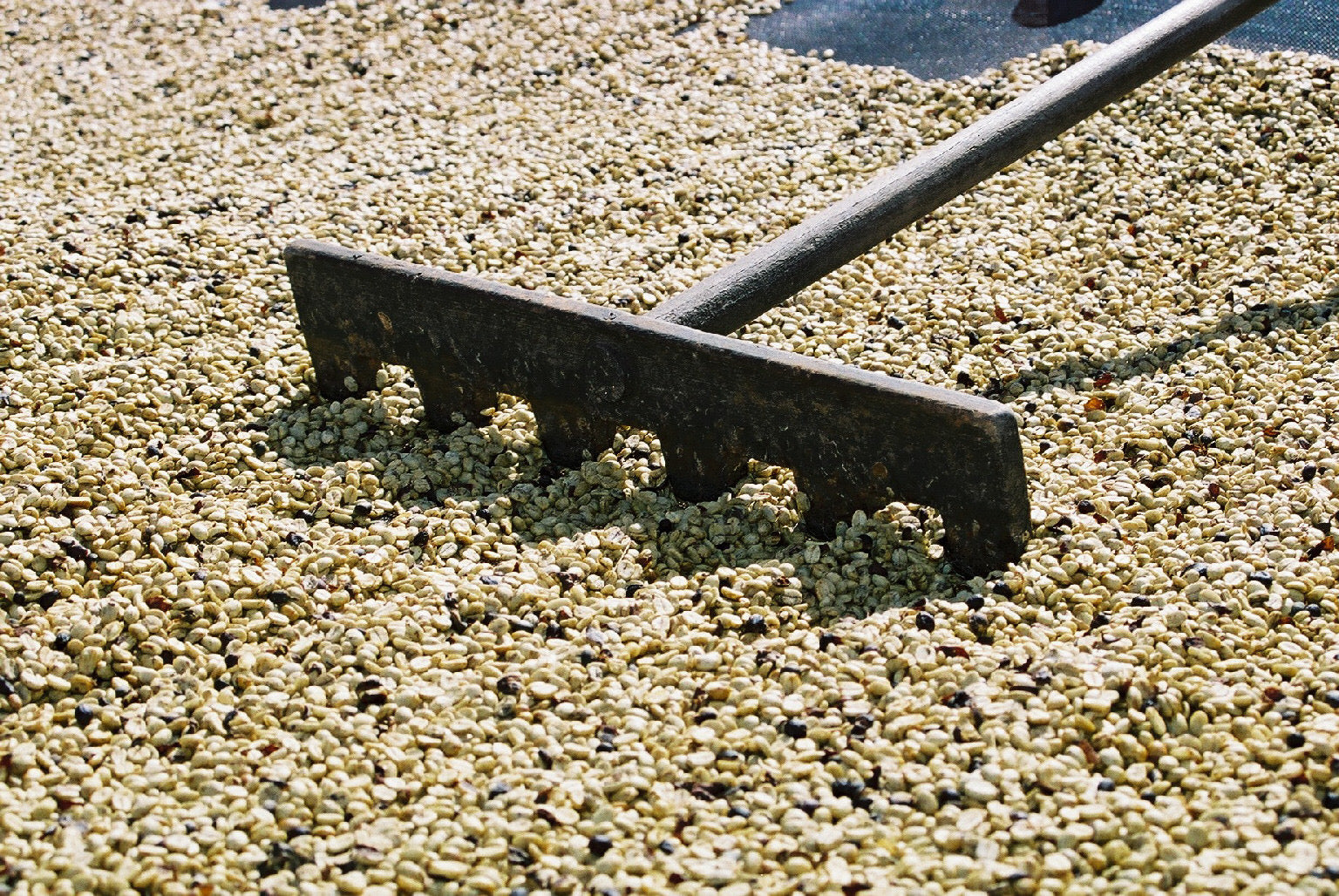Written by Carlos Bertin
What is Anaerobic Coffee?
Anaerobic coffee is a coffee that was fermented in an environment that lacks oxygen.
Nearly all coffee undergoes some fermentation of its fruit material, from Natural to Washed lots. It occurs when yeast and bacteria begin converting the sugars and acids in the coffee’s mucilage, generating different organic acids, carbon dioxide, ethyl alcohol and other compounds in the process; this continues until there’s nothing left for them to work with, or until the environment becomes inhospitable to them (such as when the coffee is fully dried to 11% internal moisture).
Producers typically attempt to control and modulate the fermentation’s velocity by using open tanks, buckets, water channels, and other vessels to contain the coffee during this process, or through different techniques during the drying phase on raised beds or patios.
So what makes anaerobic-environment fermentation different? The vessels in which the coffee cherries are fermented don’t contain any oxygen at all: The oxygen is removed when the coffee is added at the beginning of the process, and valves on the tanks keep them free from oxygen seeping in during the process while also allowing CO2 to be released as it builds up during fermentation.
Keeping the coffee cherry enclosed creates a different profile that some producers value for its own sake; other producers use additives with the coffee cherries in an attempt to introduce different flavors and/or to affect the progress of the fermentation. (The latter is called anaerobic impregnation and sometimes features spices, molasses, tropical fruit, or other flavorings.)
This new trend of processing can be seen more and more in the more specialty roasters' line up.
Highly recommend you try it given the chance!


